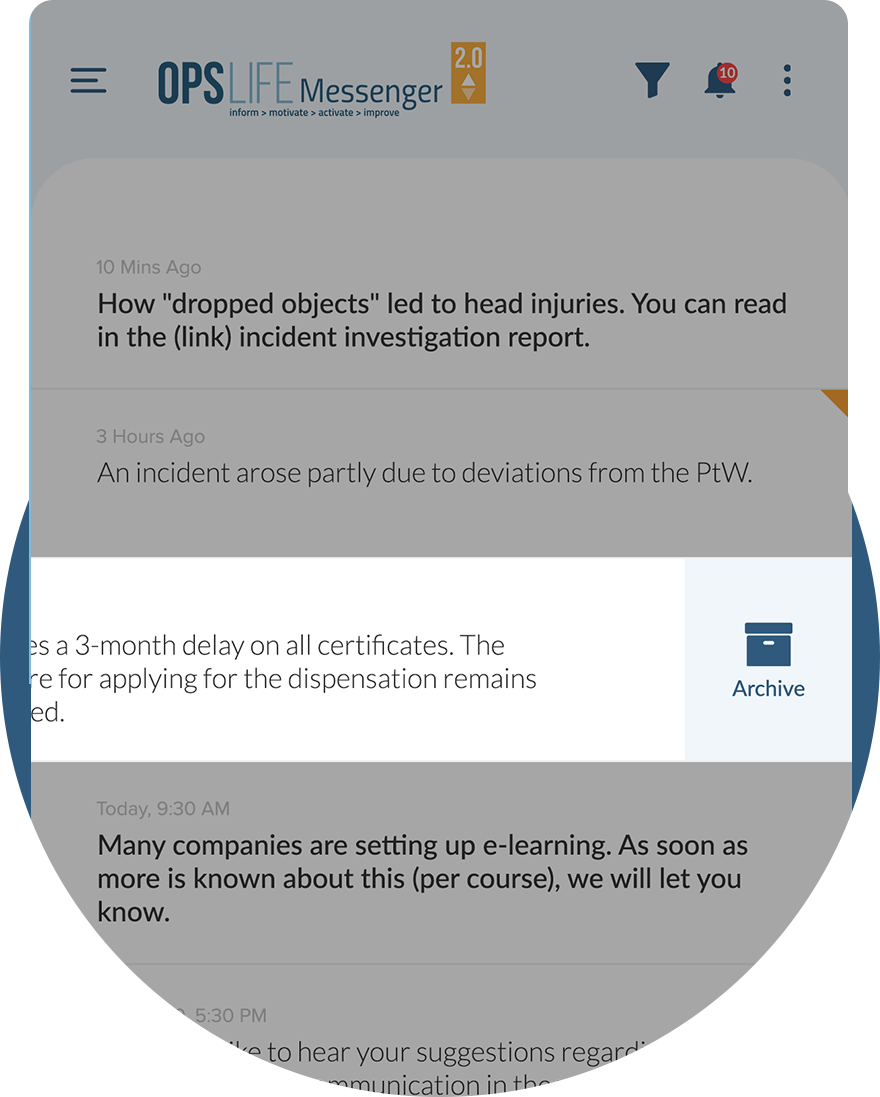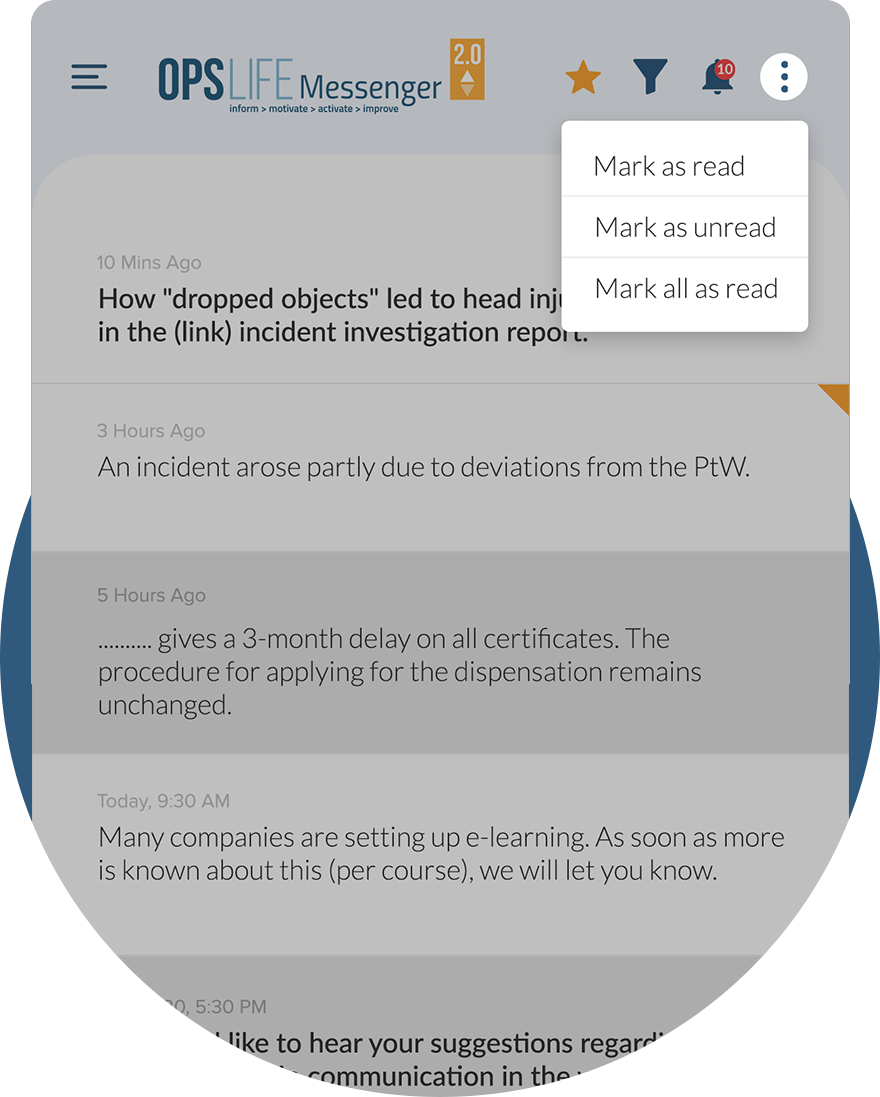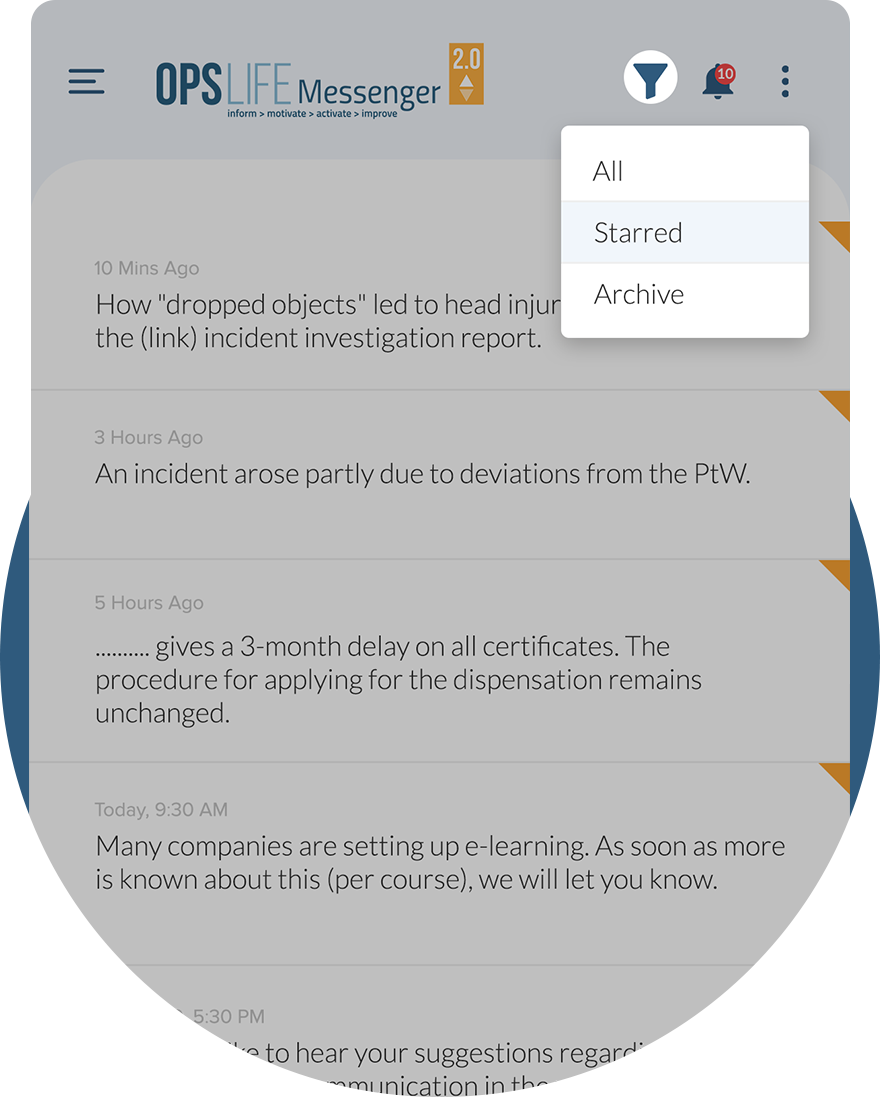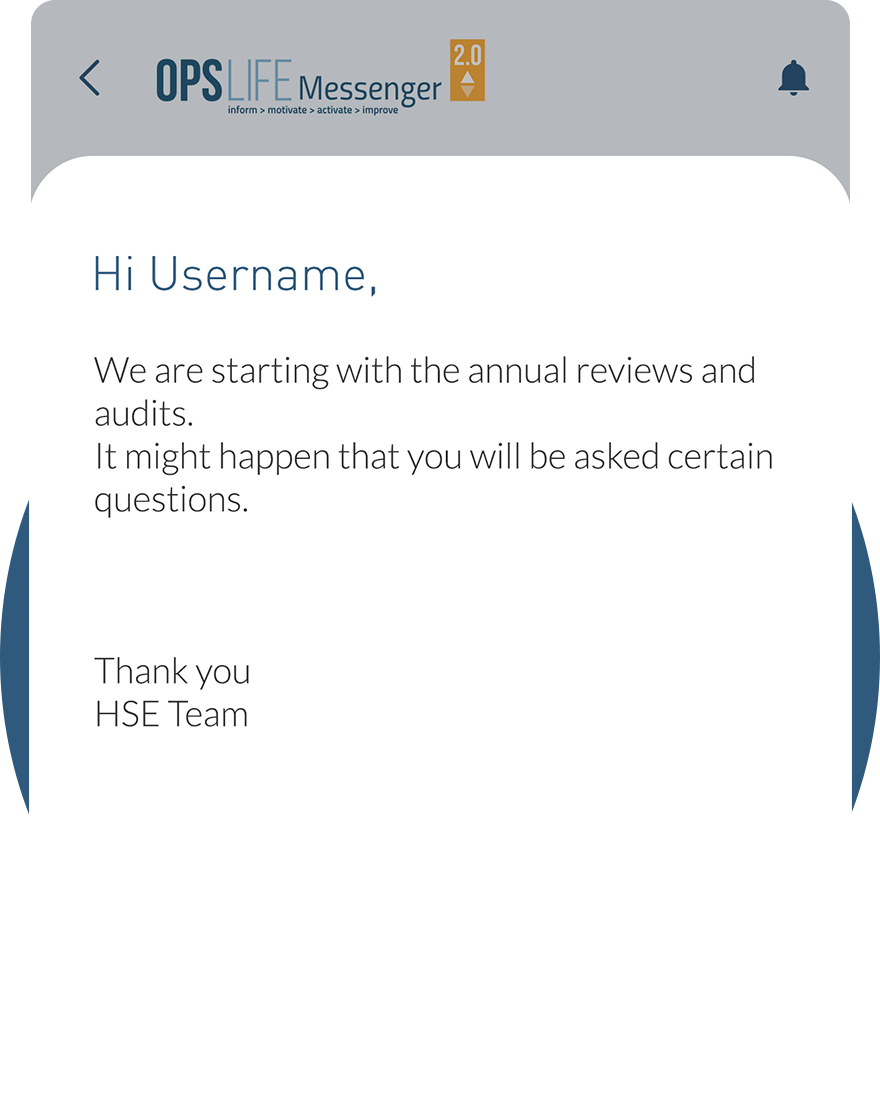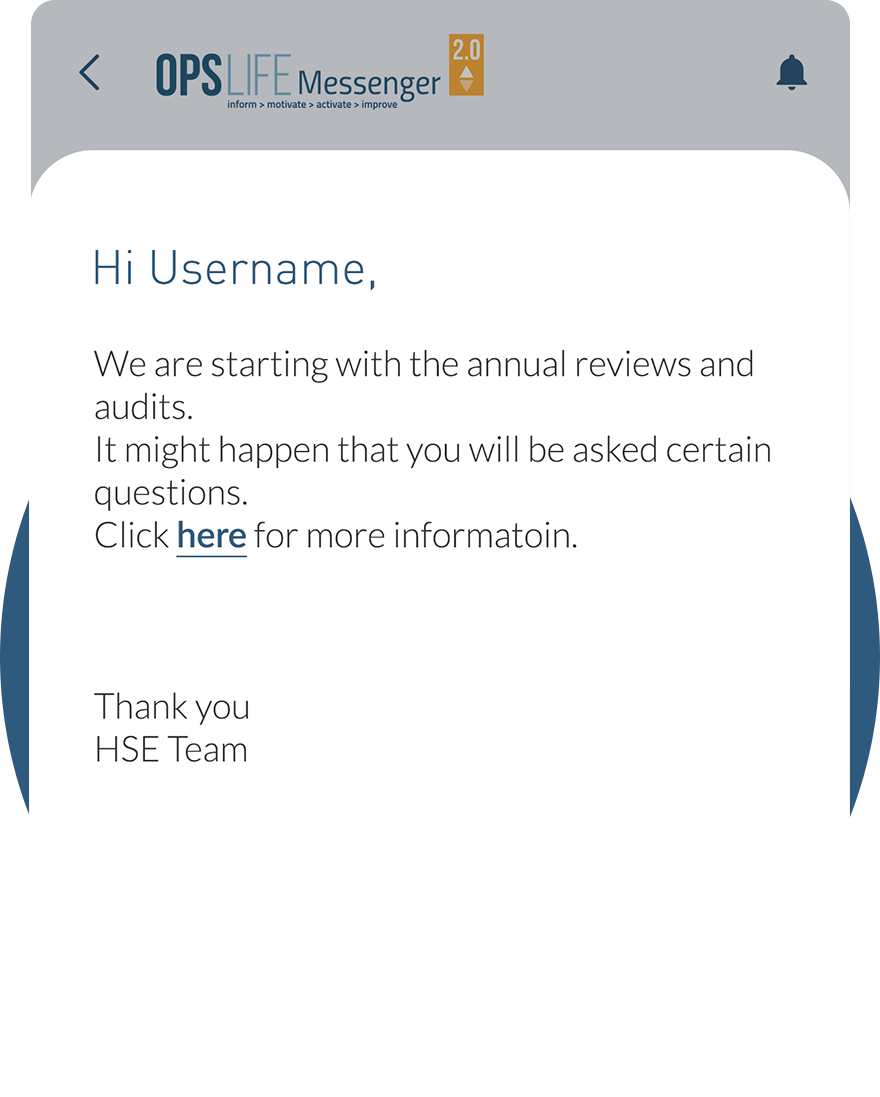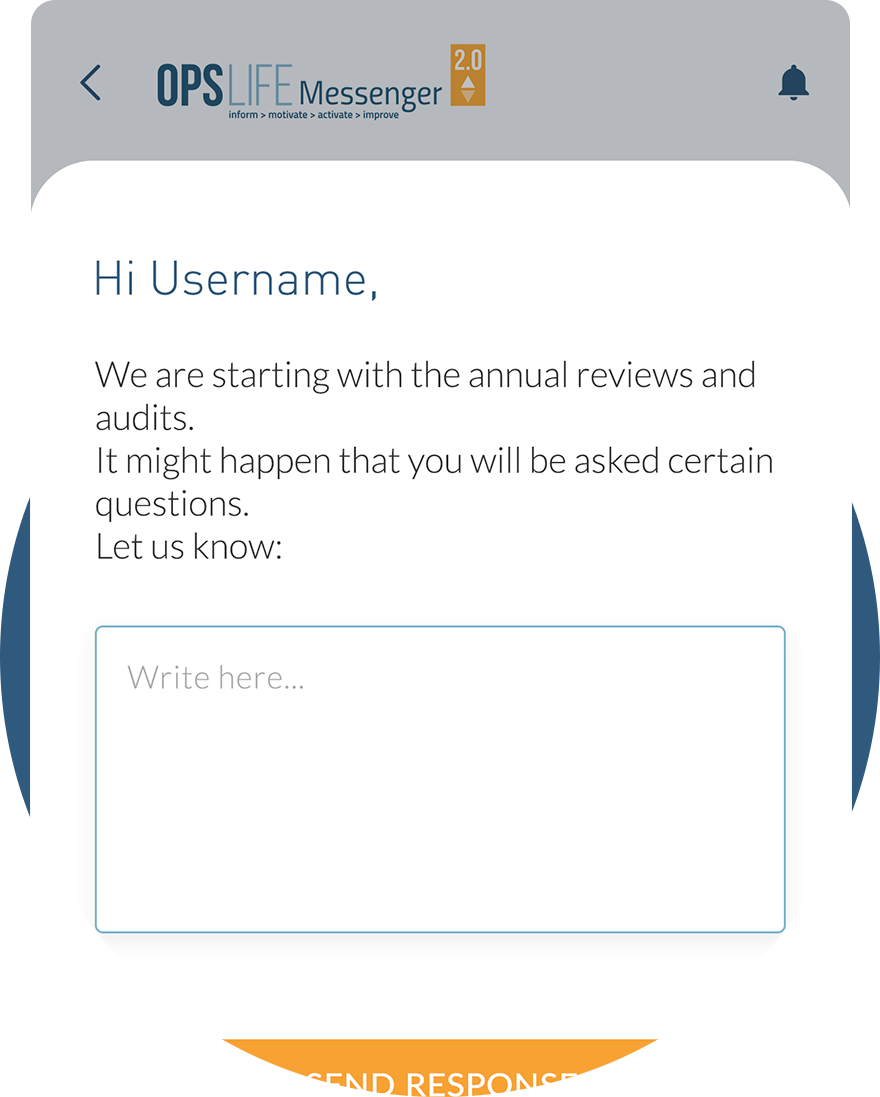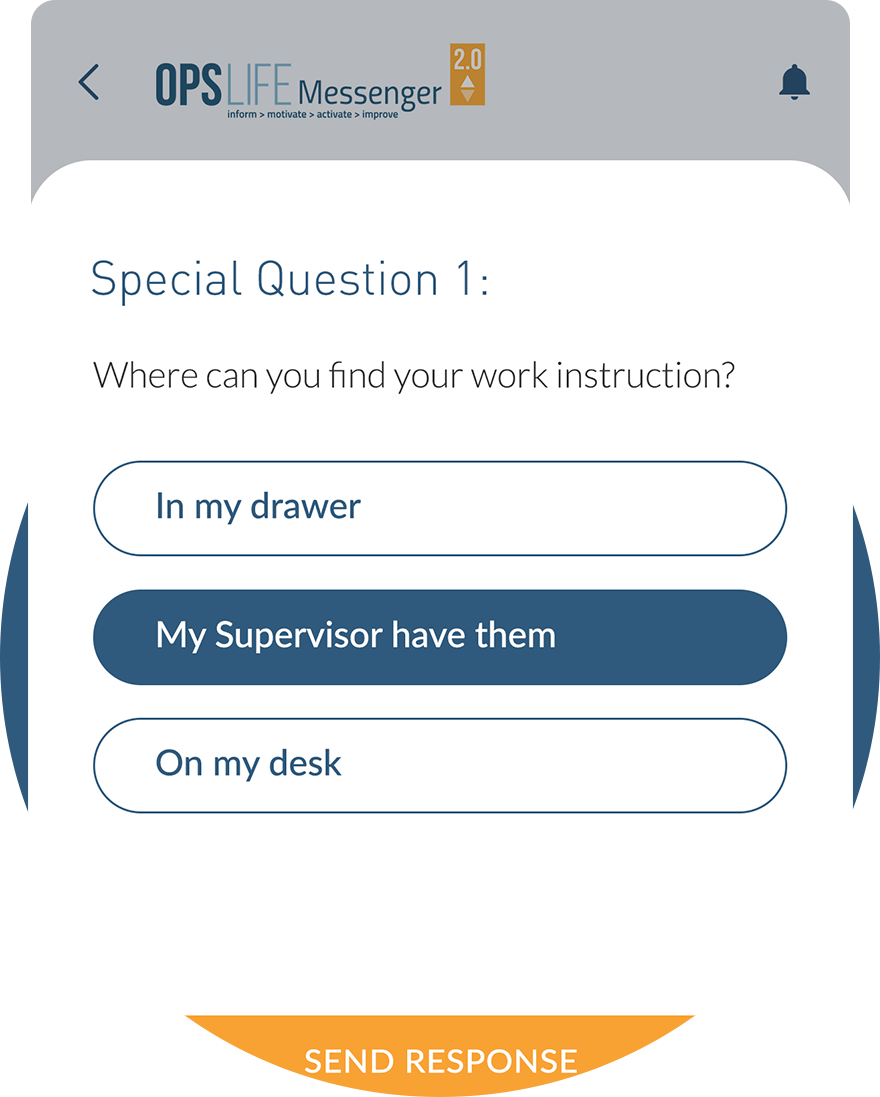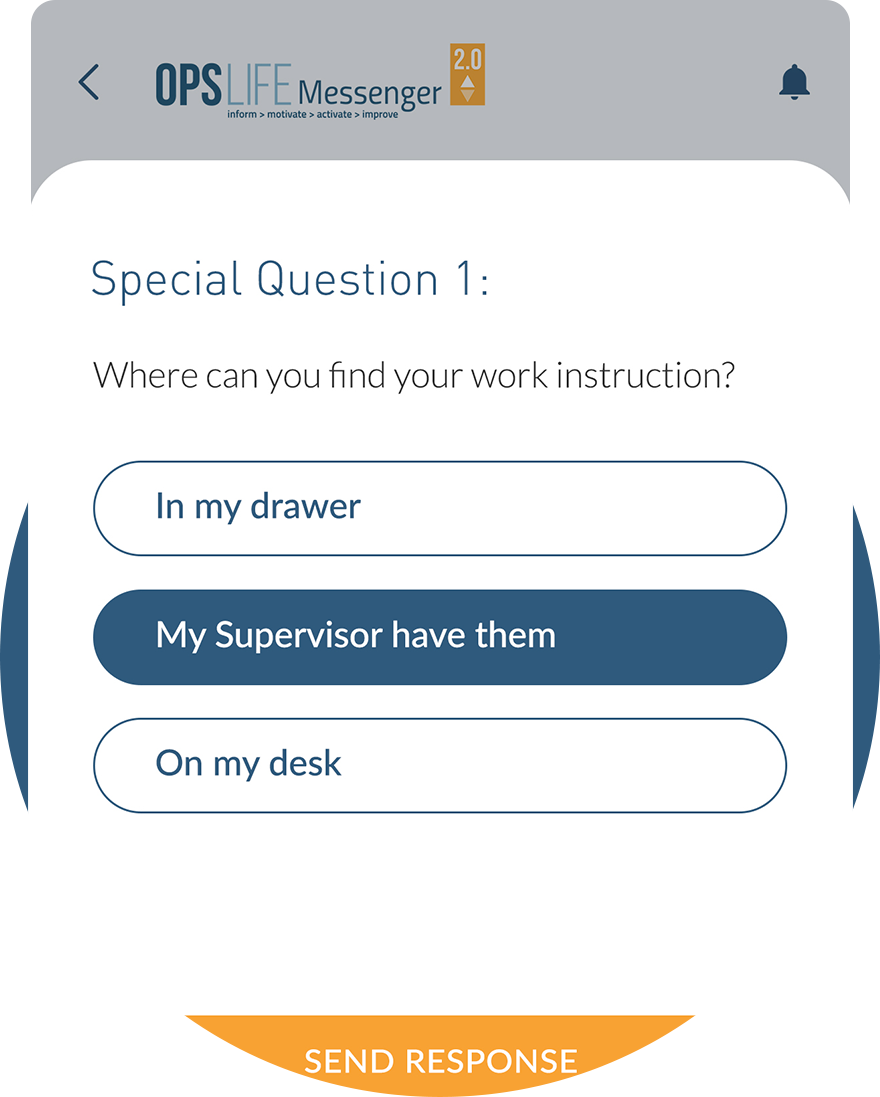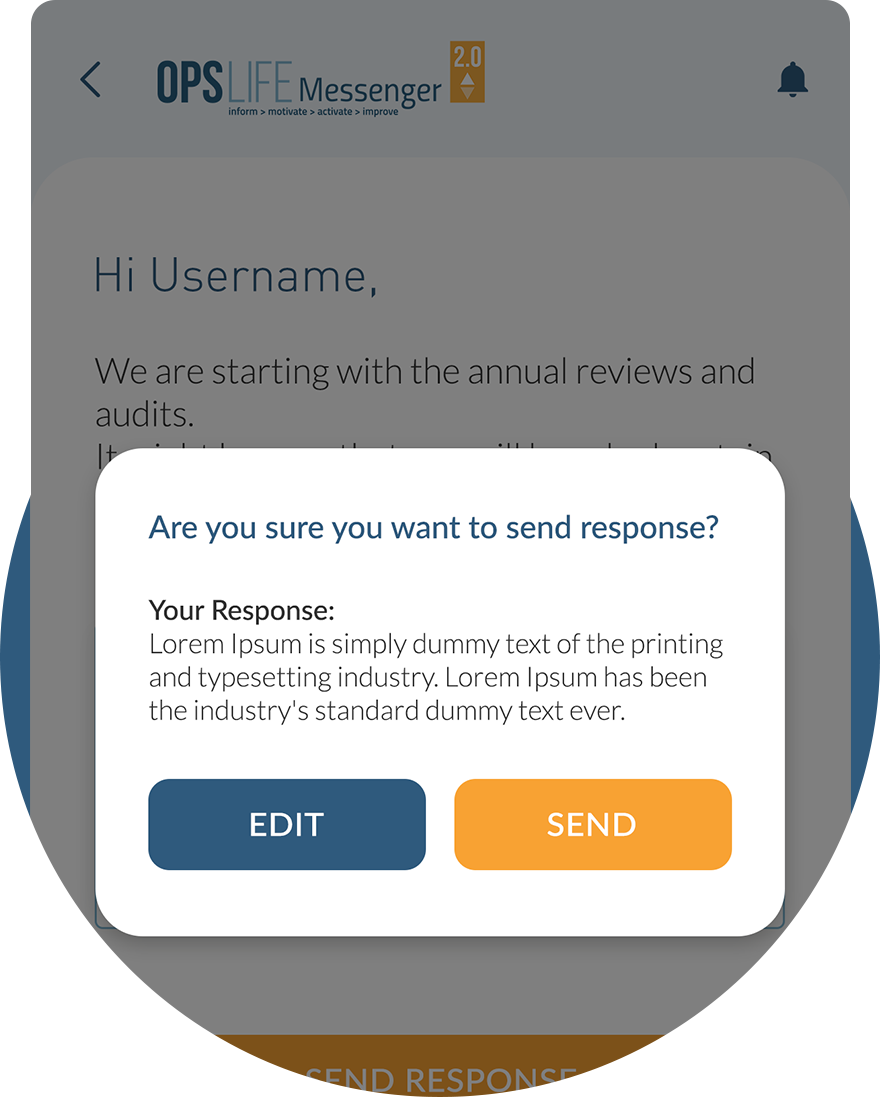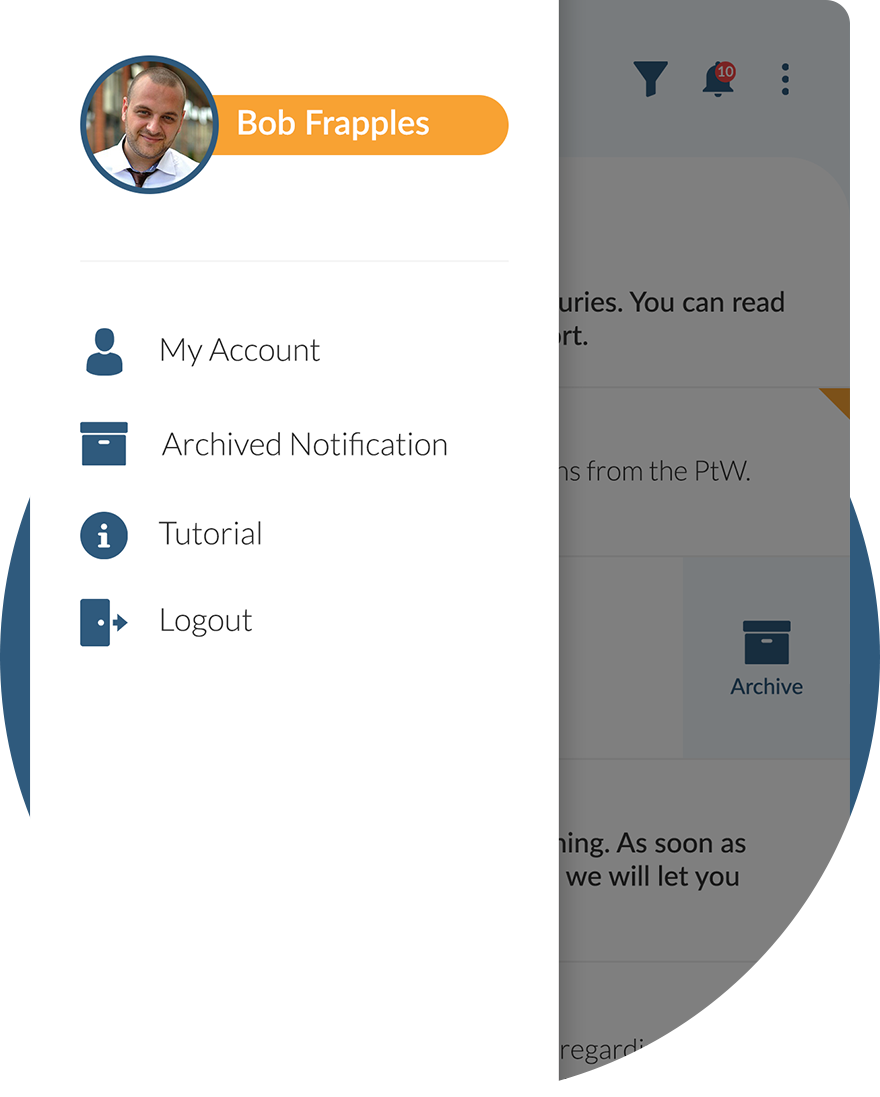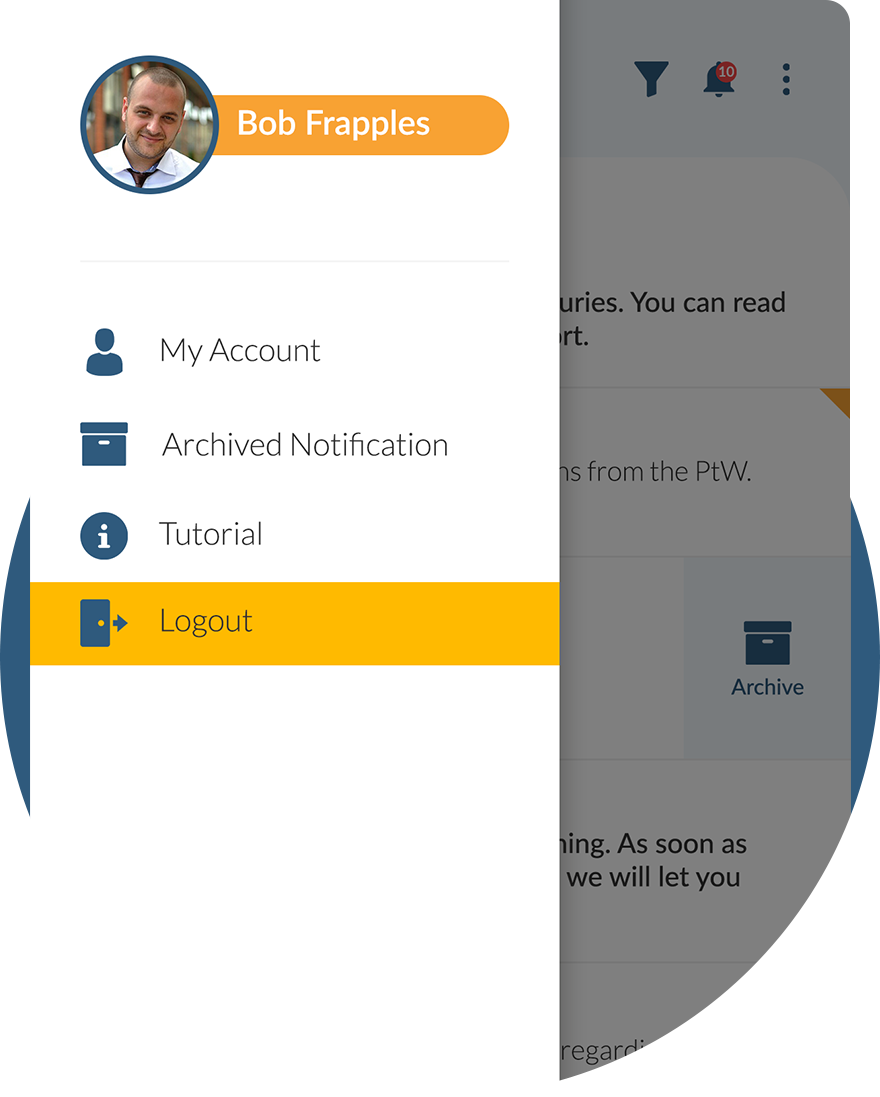Basic HSE information about Dust, smoke and fumes from heavy metals and set of tools to be used at work
Dust, smoke and fumesfrom heavy metals
- Workplace Information
- Toolbox Information
- Check Your Knowledge
- Action Focus Campaign
IMPORTANT INFO
- Measure, or determine by sampling and analysis, whether heavy metals are present in the surface to be machined. Should their presence be detected, define the health risk level and implement appropriate preventative procedures.
- Choose working methods that avoid or minimize exposure.
- Always use the prescribed PPE in the correct way and avoid spreading exposure by cordoning off the area. Ask your company about this.
- Ensure good personal hygiene and clean the workplace properly.
- In the event of actual or suspected exposure, a medic/paramedic should always contact a doctor.
WHAT IS IT?
The term ‘heavy metals’ is a collective term for thirteen different metals. These are natural elements that can be found in the air, soil, water and in an industrial working environment. Metals are also used in various products, from jewelry to paint.
Dust, smoke and fumes
In almost every industrial working environment, dust, smoke and fumes can be generated by processes such as cold metalworking, hot work (welding, cutting and grinding) and surface machining (blasting, sanding, grinding and coating). Even loosening bolts containing heavy metals can cause health risks
HAZARDS
Heavy metal compounds can enter the body through ingestion, inhalation or through the skin. The effects of exposure to dust, smoke and fumes from heavy metals may vary. The likelihood of health problems depends on the intensity of exposure and whether it was acute or prolonged.
ACUTE EXPOSURE
Acute exposure to dust, smoke or fumes from heavy metals may cause irritation to eyes, nose and throat. It may also cause dizziness and nausea. Inhalation of certain metals can cause, among other things, the so-called ‘metal fume fever’. This metal fume fever is not always recognised because the symptoms are similar to those of flu and other common illnesses. The symptoms often occur two to ten hours after exposure. Flu-like symptoms usually disappear within 24 to 48 hours. Full recovery often takes one to three weeks.
LONG-TERM EXPOSURE
Prolonged exposure to dust, smoke or fumes from heavy metals can lead to lung or kidney damage, various types of cancer, stomach ulcers and damage to the nervous system.
Ask your company about specific hazards that may occur when working with hazardous substances and the worker exposure limit value.
PREVENTION
Make sure that the workplace is adequately ventilated or that the fumes at the workplace are extracted.
In order to avoid exposure to dust, smoke or fumes of heavy metals, it is necessary to measure whether heavy metals are present in surfaces to be machined. If no measuring equipment is available, a sample must be taken and analysed in a laboratory.
When heavy metals are present, a specific work permit is required, as well as a risk analysis, a toolbox meeting and health examinations before and after possible exposure to hazardous substances.
DUST-FREE WORKING
Of course, it is always preferable to avoid the release of dust during activities such as blasting. This can be achieved by opting for sponge blasting, blasting with extraction, hydrojetting and/or induction stripping. Ask your company for more information about working dust-free.
CORDONING OFF THE WORKPLACE
From a health risk ‘middle’ it is important to avoid the spread of hazardous substances by cordoning off the workplace. For grit blasting and cutting where there is a high risk of dust being released, working in an enclosed space is prescribed. If you have any questions, discuss them with your HSE Manager.
CLEANING
Clean the workplace properly after work. Remove all waste, dust, paint residues, etc. from the workplace.
RESPONSIBLE WASTE MANAGEMENT
It is important to capture, collect and dispose of old paint residues and spent blasting grit as potentially hazardous waste. Ensure that this is undertaken by an authorised processor.
PROTECTION
When there is a risk of exposure to dust, smoke or fumes from heavy metals, use the standard prescribed Personal Protection Equipment (PPE) for the lowest health risk. If the health risk is medium, high or very high, additional task-oriented PPE is always required. These are described in the Task Risk Analysis. If this is not the case, please ask your company for their relevant policies and procedures.
When there is a risk of the release of dust, smoke or fumes, use of systems for air cleaning, extraction and/or ventilation is mandatory.
PERSONAL HYGIENE
After working with heavy metals, apply the ‘brushdown method’. This means that you remove dust and particles from colleague’s clothing – and vice versa – before removing the protective clothing.
IN CASE OF...
With mild symptoms of metal fume fever, bed rest, good hydration and – if required – paracetamol to reduce headaches are often sufficient. When the symptoms are more severe after exposure to dust, smoke or fumes of heavy metals, possibly indicative of acute pulmonary injury, medical treatment may be necessary. In the event of actual or suspected exposure, a medic or paramedic should always contact a doctor. Their medical examination will include checking for the presence of heavy metals in the body.
Start your daily work with safety!
Onscreen presentation is very useful to use during work preparation or toolbox meetings. It provides short and concrete information. Five questions and answers at the end of presentation can be used to make the meeting more interactive and to give conversation a boost.
Be always prepared for the work!
It is of utmost importance to be well prepared before you start the work.
By clicking on the button below you can check your knowledge about this HSEQ subject.
After completion of the knowledge check, your certificate will be visible in
MY ACCOUNT > My training.
